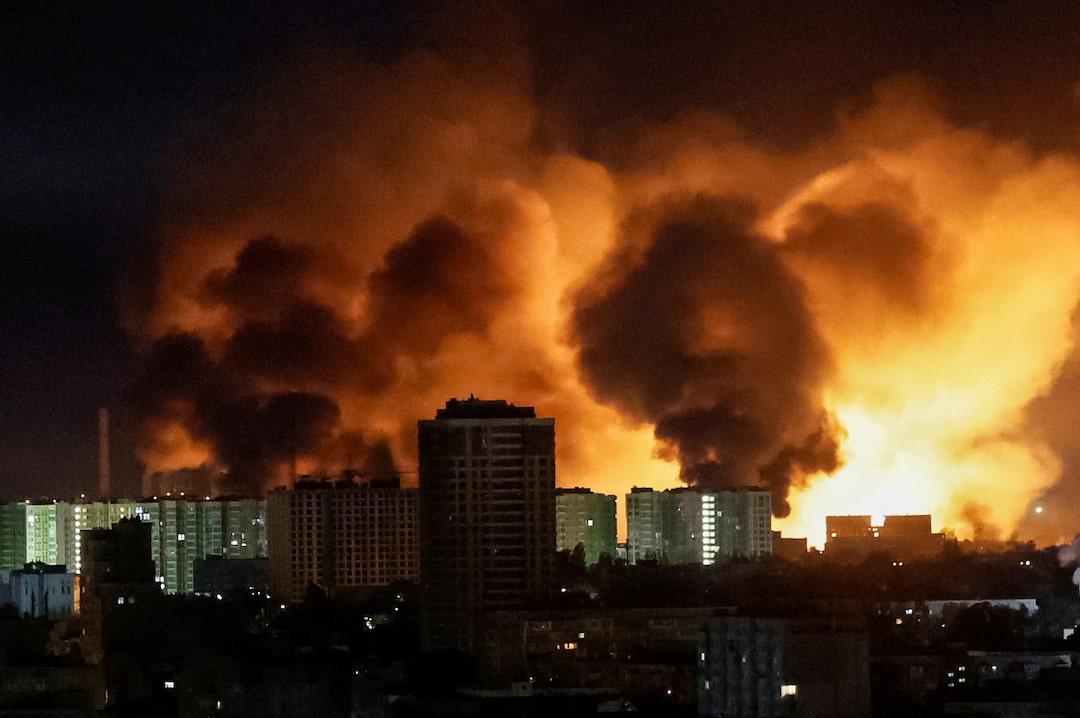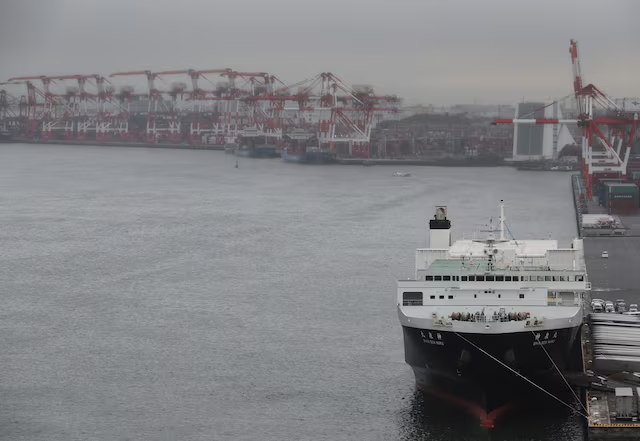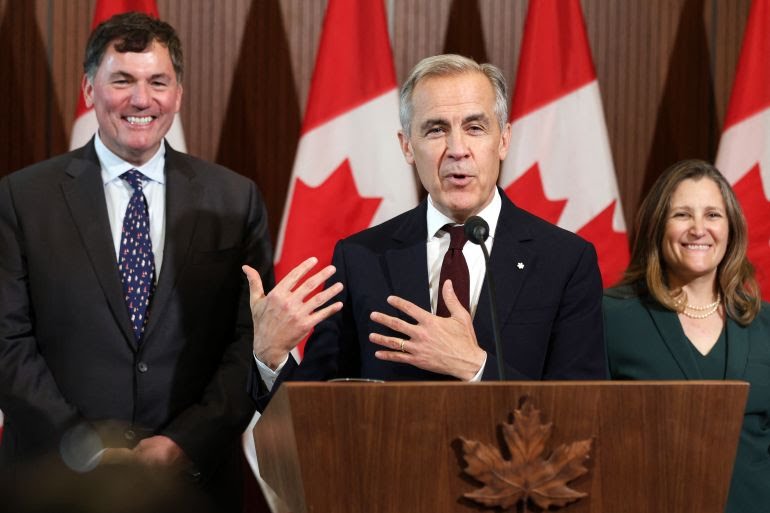In what Ukraine’s authorities have called one of the most significant overnight offensives to date, Russia deployed 315 attack drones and seven missiles against Ukrainian cities of Kyiv and Odesa on the night of June 10. The strikes resulted in multiple casualties and significant damage to civilian and historical structures.
Night of Explosive Assaults
The assault targeted seven out of ten Kyiv districts, unleashing hefty explosions that reverberated through the city. Air raid alerts remained in place for nearly five hours, sparking widespread evacuations. In one instance, Kyiv residents were rescued as smoke engulfed a residential building. Emergency teams responded swiftly to uprooted walls and scattered rubble from direct drone impacts .
In Odesa, Russia’s drones struck critical infrastructure including a maternity ward and emergency medical facility. Two men lost their lives in the attack, though authorities confirmed patients and staff were evacuated earlier—a narrowly managed response that limited further loss of life .
Human Toll and Damage Assessment
At least one fatality was recorded in Kyiv, with additional casualties including injured residents from multiple districts. In Odesa, two further deaths were reported and nine individuals sustained injuries. Ukrainian authorities confirmed buildings—including hospitals, apartments, and a UNESCO World Heritage site—were damaged. Notably, Kyiv’s Saint Sophia Cathedral was hit during the bombardment, inflicting cultural as well as structural damage .
President Zelensky condemned the attacks as deliberate attempts to derail global peace efforts and force Ukraine into submission. He urged international backers to reinforce Ukraine’s air defenses and intensify diplomatic and military support .
Air Defence and Armed Forces Response
Ukraine’s air force intercepted 277 of the 315 drones, and successfully shot down all seven missiles. This repeated successful interception is largely credited to the country’s upgraded air defence systems, bolstered by Western allies .
Strategic and Symbolic Significance
This latest wave was not only the most intense attack since the war began but also followed a particularly destructive previous wave earlier in June involving 479 Shahed drones. Moscow indicates the escalation was a reaction to recent Ukrainian strikes within its territory—particularly, a July 1 operation that targeted Russian bomber aircraft. However, such saturation attacks are seen by analysts as a deliberate strategy to breach Kyiv’s defences and sow civilian fear and disruption .
Ongoing Tensions Amid Stalled Peace
The violence continued despite preliminary prisoner exchanges held in Istanbul, which seemed to offer a fragile diplomatic opening. Zelensky reiterated that without robust global intervention and air defence, peace “will not prevail” over Russia’s aerial aggression .
Looking Ahead
Air defence reinforcement: Ukraine is likely to push urgently for more sophisticated systems from Western partners.
Infrastructure rebuilding: Immediate efforts are underway to restore cultural sites, hospitals, and homes damaged in the strikes.
Global diplomatic pressure: Kyiv is seeking stronger sanctions and condemnation from NATO and allied nations.
Cultural protection: UNESCO and global heritage bodies may push for legal recourse over religious, medical, and historical facilities targeted in the bombardment.
—
Why this matters:
This assault signals a troubling escalation of the Russia–Ukraine war. The mix of military, cultural, and humanitarian targets suggest a strategy aimed at weakening both Ukraine’s capacity to respond and its national morale. With peace negotiations still stagnant, the clash between airpower and defence systems draws wider implications for European and transatlantic security.
Source: Reuters



